A remote part of North Korea is set to reopen to tourists this month, the first organised tour open to international visitors since the country’s borders closed in January 2020.
The packed, five-day itinerary, organised by Beijing-based Koryo Tours, is centred around the northerly city of Rason and does not feature the capital of Pyongyang, which remains closed to tourists.
Located right on the Russian and Chinese borders, the Special Economic Zone of Rason is the only part of North Korea where capitalism is openly promoted. Here, residents can buy and sell houses and even open a private bank account.
The tour includes some conventional tourist activities, such as seeing seals and taking part in a cookery course. There are also some more niche experiences, such as a visit to a sea cucumber farm (a delicacy in North Korea), a tour of a school uniform factory and a stop-off at a health facility that treats chronic gastritis.
As always, there are some major asterisks around booking onto a North Korea tour, and western tourists should be aware of the risk of arrest and detention. Here is everything we know about North Korea’s grand reopening to the world.
What do we know about the city of Rason?
Located in the far north-east of North Korea, close to the borders with Russia and China, the Special Economic Zone of Rason is something of a peculiarity in that it is the only place in socialist North Korea where capitalism is promoted.
This was where North Korea’s first ever mobile phone network was trialled, for example, and the country’s first card payment system was tested here too.

The tourist office in North Korea’s northeastern city of Rason, the only part of North Korea where capitalism is promoted – AFP via Getty
There is a casino which is primarily frequented by Chinese businessmen, a bazaar where North Korean tradespeople can sell Chinese-made goods, and the (ice-free – a rarity in this part of the world) ports have been leased to Chinese and Russian companies.
Home ownership is technically illegal in North Korea, but in Rason a loophole in the law has been exposed allowing residents to buy real estate as part of a localised experiment.
Given that it’s on the opposite side of the country to Pyongyang, and doesn’t have an airport, very few foreigners will have visited Rason over the years (legend has it that only one tourist visited in 2006) but in 2011 a small group of journalists and businesspeople were allowed in. Writing for the New York Times, Edward Wong described a three-hour drive along rutted dirt tracks from the Chinese border.

The Tumen river marks the border between North Korea and China – AFP
He reported frequent blackouts, very few stores or restaurants, and described seeing men on horses and women drying cuttlefish on rooftops.
What’s on the itinerary?
Briefing Day
The ‘Return of North Korea Tourism Tour’ begins in the Chinese city of Yanji.On Day One, after landing in Yanji, tourists are required to attend a “late evening pre-tour briefing” at the hotel, where you will be informed on etiquette and safety of travel in North Korea. The briefing lasts one hour.

The tour commences with a briefing in the Chinese city of Yanji, a hub of transport and trade between China and North Korea – The Washington Post via Getty Images
Day One
On Day One, you will cross the border from China into North Korea at Wonjong Bridge. On arrival in Rajin (the bigger of the two sister cities of Rason) you will explore Hae’an Park and visit a greenhouse where Kimilsungia and Kimjongilia (flowers named after North Korean leaders) are cultivated and grown. After a taekwondo demonstration and visit to the Pupils’ and Schoolchildren’s Palace, it will be time to check into the Namsan Hotel in Rajin. Koryo Group describes this hotel as “of modest size” and “a little past its prime”.
Day Two
Highlights today include visits to a foreign language bookshop, a fine art gallery set in a (“small windowless two-storey building”), and a visit to Pipha Island where you can catch a boat to see seals. The afternoon brings some genuinely interesting activities, like kimchi making and a visit to a training centre dedicated to the game “Go”. You will also visit a bank, where you can change your money into the local currency (not to be taken out of the country, mind), and, perhaps most thrillingly of all, a visit to the Rason School Uniform Factory.

Catch a boat to Pipha Island to meet the resident seal population – alamy
Day Three
A very varied day. The itinerary includes a visit to Tumangang Town, which is right up on the Russian and Chinese borders, where you can visit the Russia-DPRK Friendship House and the Three-Countries Border Viewpoint.

Tumangang is a small town located on the North Korea and Russia border – Getty
After swinging by a duck farm and visiting a sea cucumber breeding farm, it is on to Sonbong – the smaller of the two sister cities of Rason. After a quick hike on Mount Shahyang, it’s back to Rajin.
Day Four
Today (February 16) is General Kim Jong II’s birthday, meaning all bets are off. The itinerary says: “We expect city-wide celebrations, including Mass Dance, a highlight of all national holiday tours to North Korea. The itinerary for today is not fixed as we will try to attend as many festive activities as possible.”

Paintings of North Korea’s past leaders, Kim Il-Sung and Kim Jong-Il, can be found across the country – getty
Day Five
They saved the best until last. After a visit to the Ryongysong Beer Factory (a leading brand in North Korea) and the Paekhaksan Combined Foodstuff Processing Factory, you will pay a visit to the Chonghak Sanatorium, a medical facility where chronic gastritis and rheumatoid arthritis are cured. Then, it’s back to Wonjong Bridge and on to Yanji, from where you will fly home.
How much does it cost, and when will I travel?
Koryo Tours is selling a tour to coincide with Kim Jong II’s birthday. It incorporates four nights in Rason and two nights in Yanji, China. The trip is being sold from €705 (£586) per person between February 12 and February 18, 2025. Air China flights from Heathrow to Yanji take 15 to 17 hours with a stopover in Beijing, starting from around £600.
What does the Foreign Office say?
None of North Korea is shaded “red” (“do not travel”) according to the Foreign, Commonwealth and Development Office (FCDO). The whole country is, however, shaded orange, meaning the Foreign Office advises against all but essential travel to the country.
It states: “While daily life in the capital city, Pyongyang, may appear calm, the security situation in North Korea can change quickly with no advance warning about possible actions by the authorities. This poses significant risks to British visitors and residents.”
The FCDO also advises that fire safety awareness may be low in North Korea, same-sex relationships and behaviours are considered to be unacceptable, and insults about the North Korean political system will be “taken very seriously” – foreign nationals could face arrest for not showing sufficient respect, it warns.

Although tourists can now visit Rason in North Korea, they may be put off by the country’s human rights record – ED JONES
The United Nations condemns North Korea’s human rights record, while Human Rights Watch and Amnesty International highlight the lack of free speech in the country and prisoner camps for those found guilty of political crimes. It is reported that between 80,000 and 200,000 prisoners are subjected to forced labour, physical abuse and possible execution.
A number of Western visitors have been detained in North Korea, including Otto Warmbier, who in 2016 was sentenced to 15 years of hard labour for stealing a propaganda banner from a hotel. The following year he was returned to the United States with severe neurological damage – he died shortly after his return.
What do the Telegraph experts say about North Korea?
Telegraph Travel reporter Minty Clinch visited North Korea in 2018. She wrote: “What an extraordinary, but very isolated country it is. And how it goes out of its way to ensure that tourists who do go are themselves isolated and barred from making meaningful contact with North Koreans. It is hardly surprising that the country has to date not featured highly on most people’s travel plans.”
During her trip, her half-completed crossword was confiscated, she described her pre-briefing tour as “stern and mandatory”, and she visited a hotel where they “were not encouraged to leave the building without a guide, even to run around the grounds.”

Telegraph Travel reporter Nigel Richardson once described North Korea as ‘the most secretive, eccentric, thought-provoking, frightening and – yes – amusing destination on earth’ – Getty
Another Telegraph Travel reporter, Nigel Richardson, visited North Korea in 2013 and described it as “the most secretive, eccentric, thought-provoking, frightening and – yes – amusing destination on earth.”
Richardson mused: “we wondered whether the experiences could have been contrived for our benefit. After all, a system that can mobilise thousands for the Mass Games could surely pull off illusions of public transit and pleasure.”
Still tempted to book? There’s a catch
Aside from the fact that you will have to make swift, last-minute arrangements in order to find yourself in North Korea in just under a week from now, there are other considerations.
There is only space for 20 tourists on the first tour, and another catch is that the rest of North Korea, including the capital of Pyongyang, remains closed to tourists, so you cannot tack any additional sightseeing onto your itinerary around the duck farms and school uniform factories of Rason.
Crucially, there is a chance the trip won’t go ahead at all. Koryo Tours says on its website: “We have published Rason North Korea tours for February, March, and April. These North Korea tours are not yet confirmed as we await further information on the border opening date. You can book a spot today and await further confirmation.”
There have been other false alarms. In August last year there was much excitement about a brand new tour to the city of Samjiyon, which is also close to the Chinese border. However, in the end these did not go ahead.
Broaden your horizons with award-winning British journalism. Try The Telegraph free for 1 month with unlimited access to our award-winning website, exclusive app, money-saving offers and more.
#North #Koreas #experimental #capitalist #city #open #tourists #catch

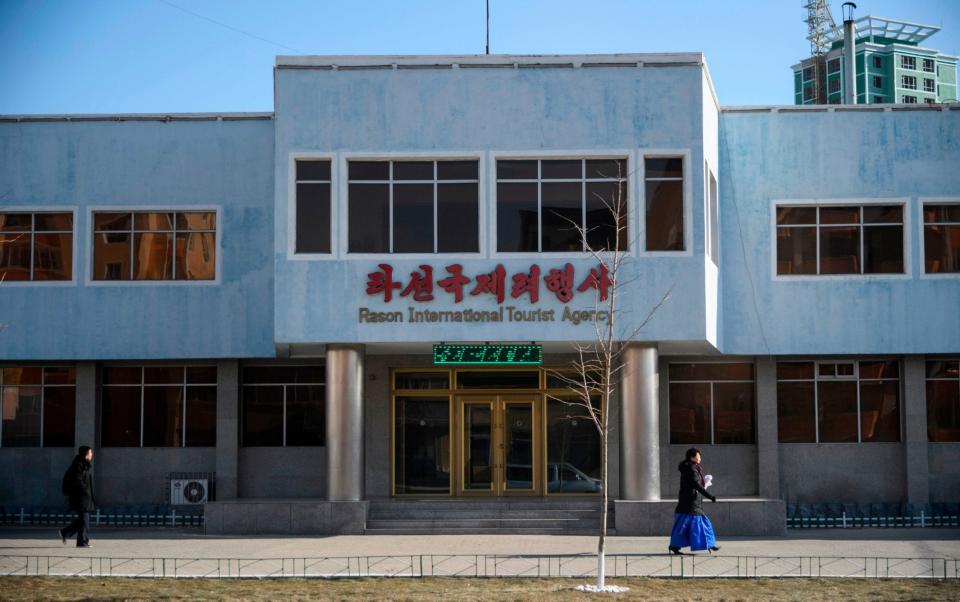


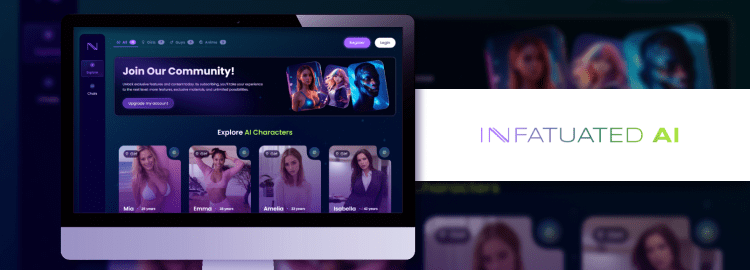
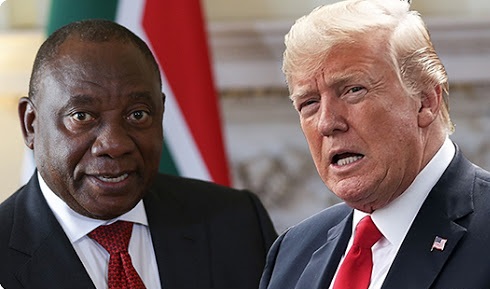

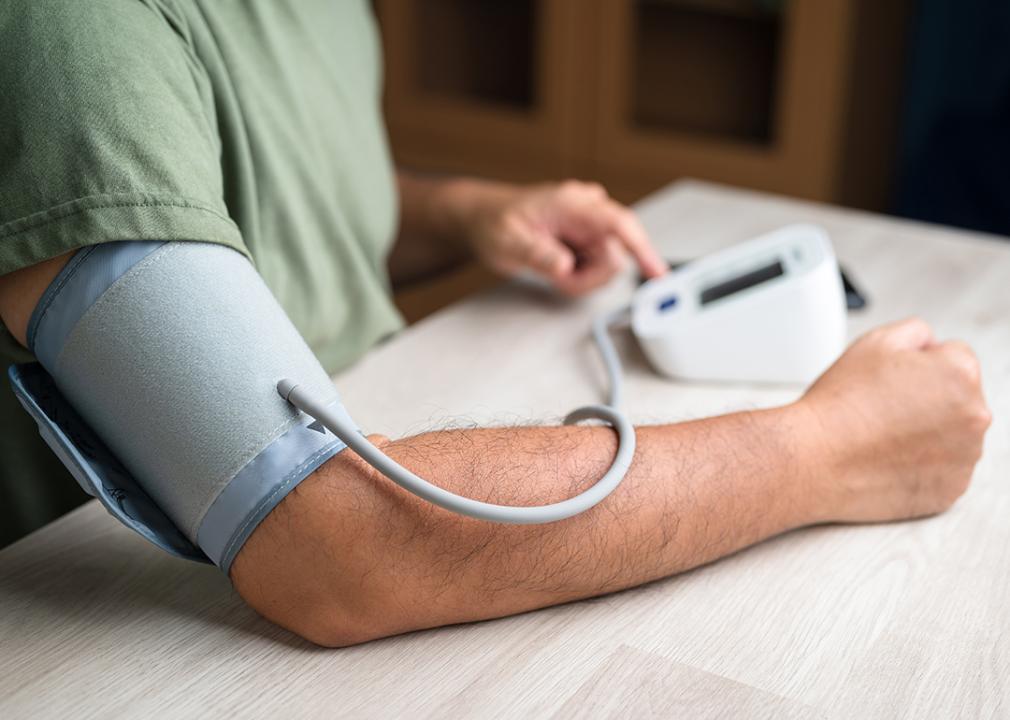
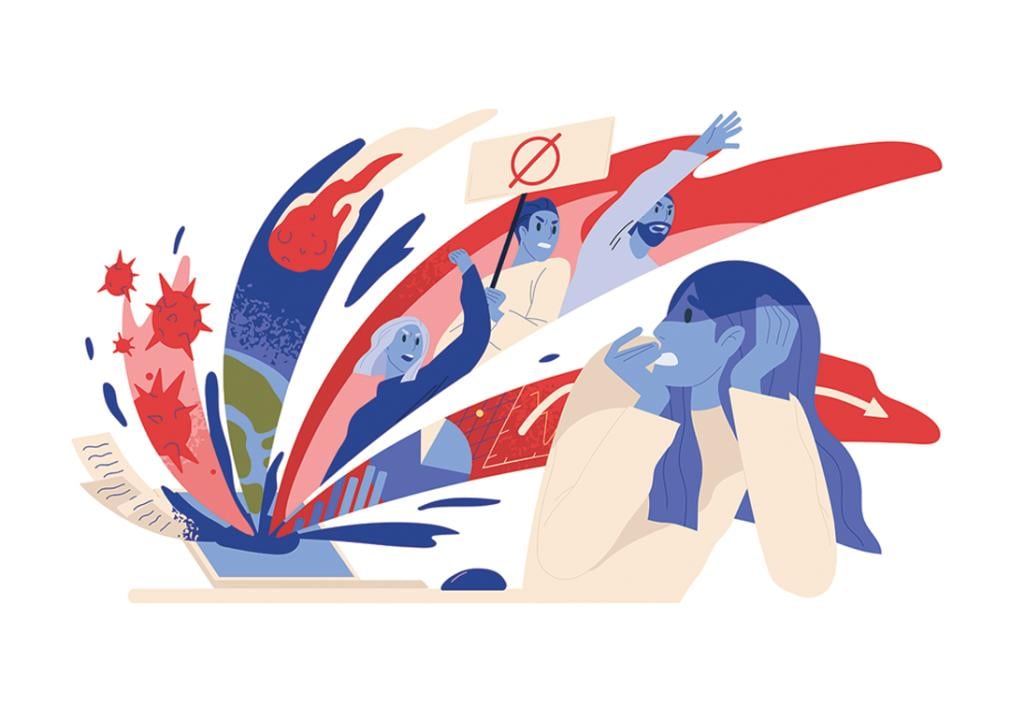
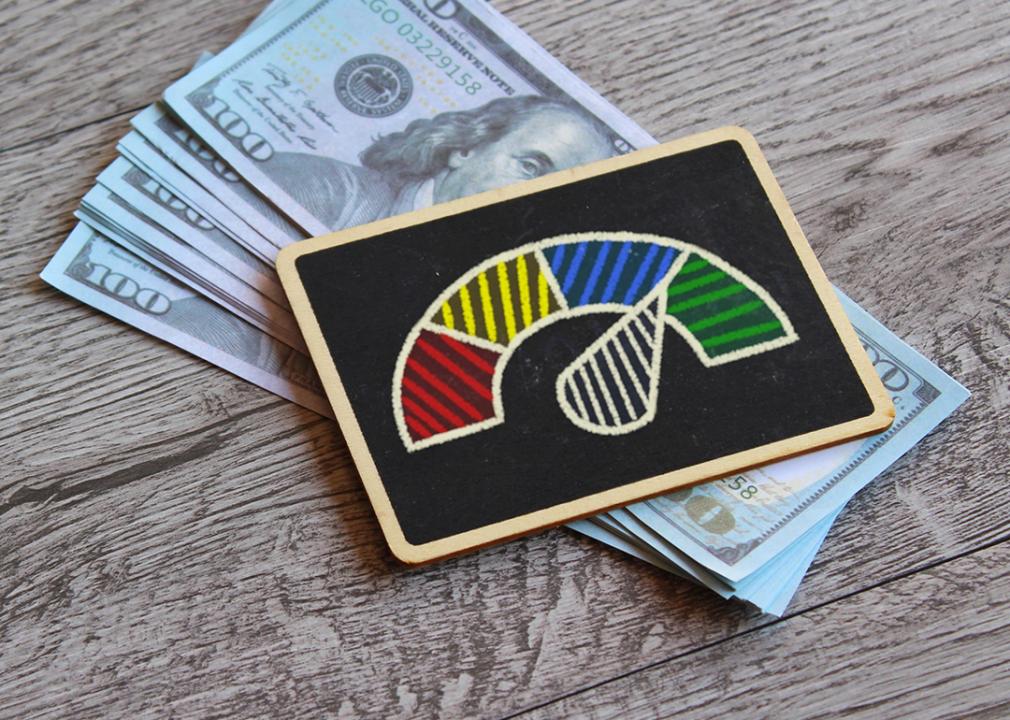

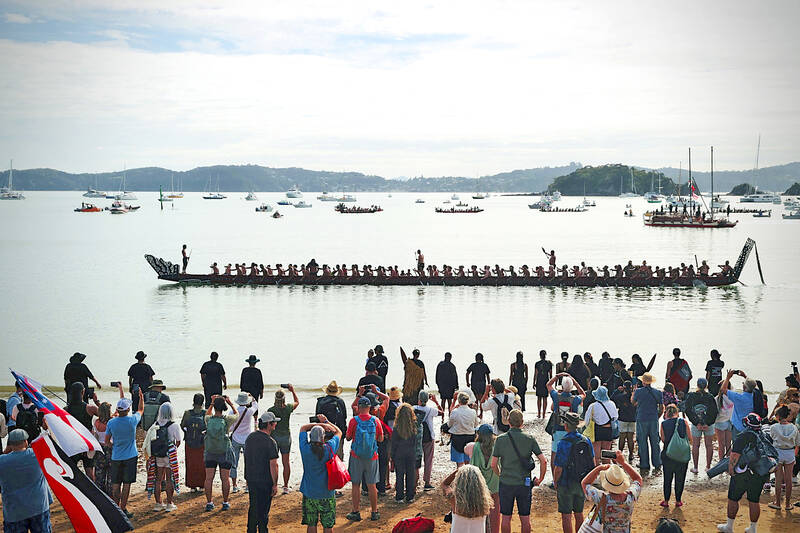
Leave a Reply